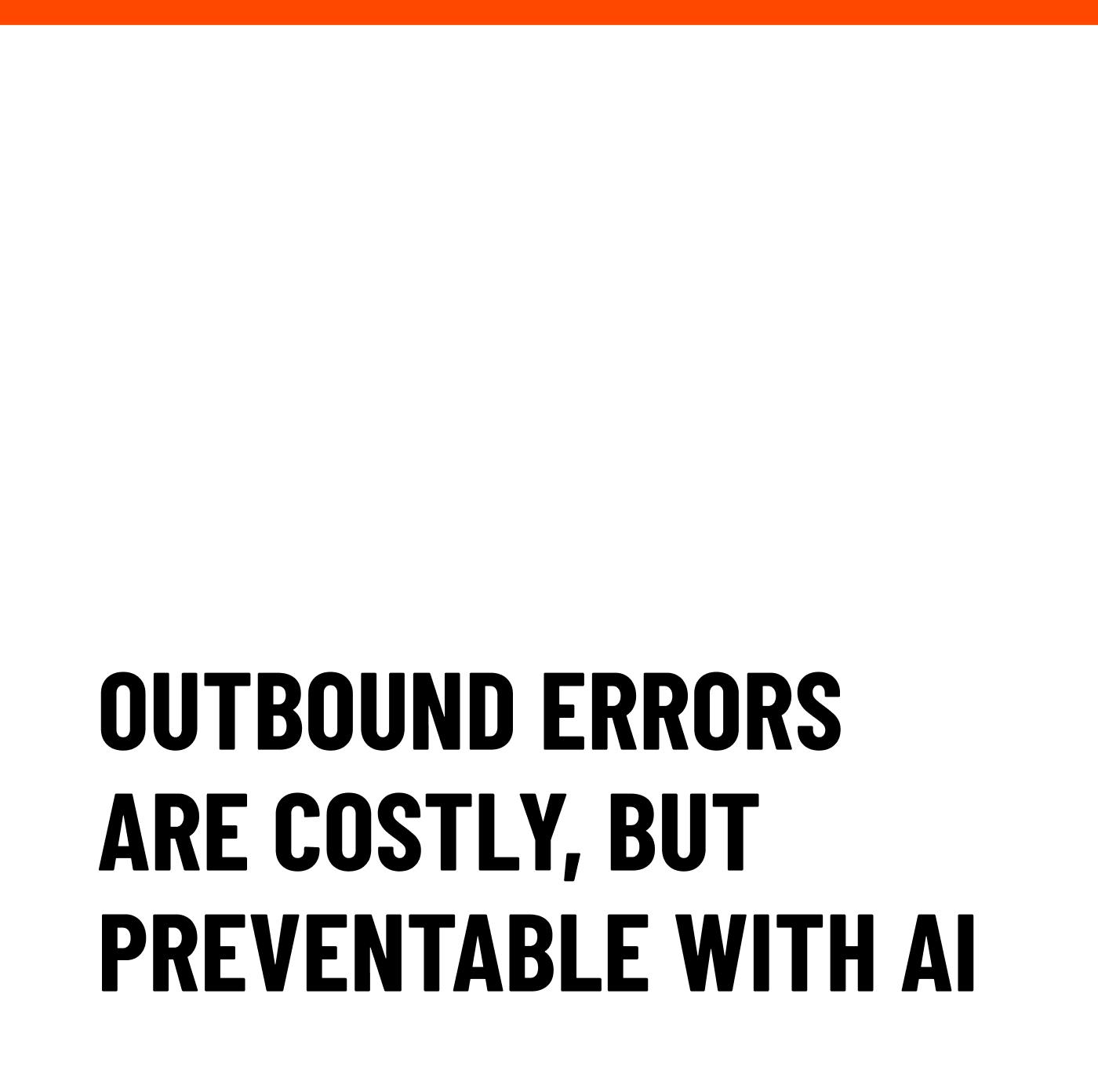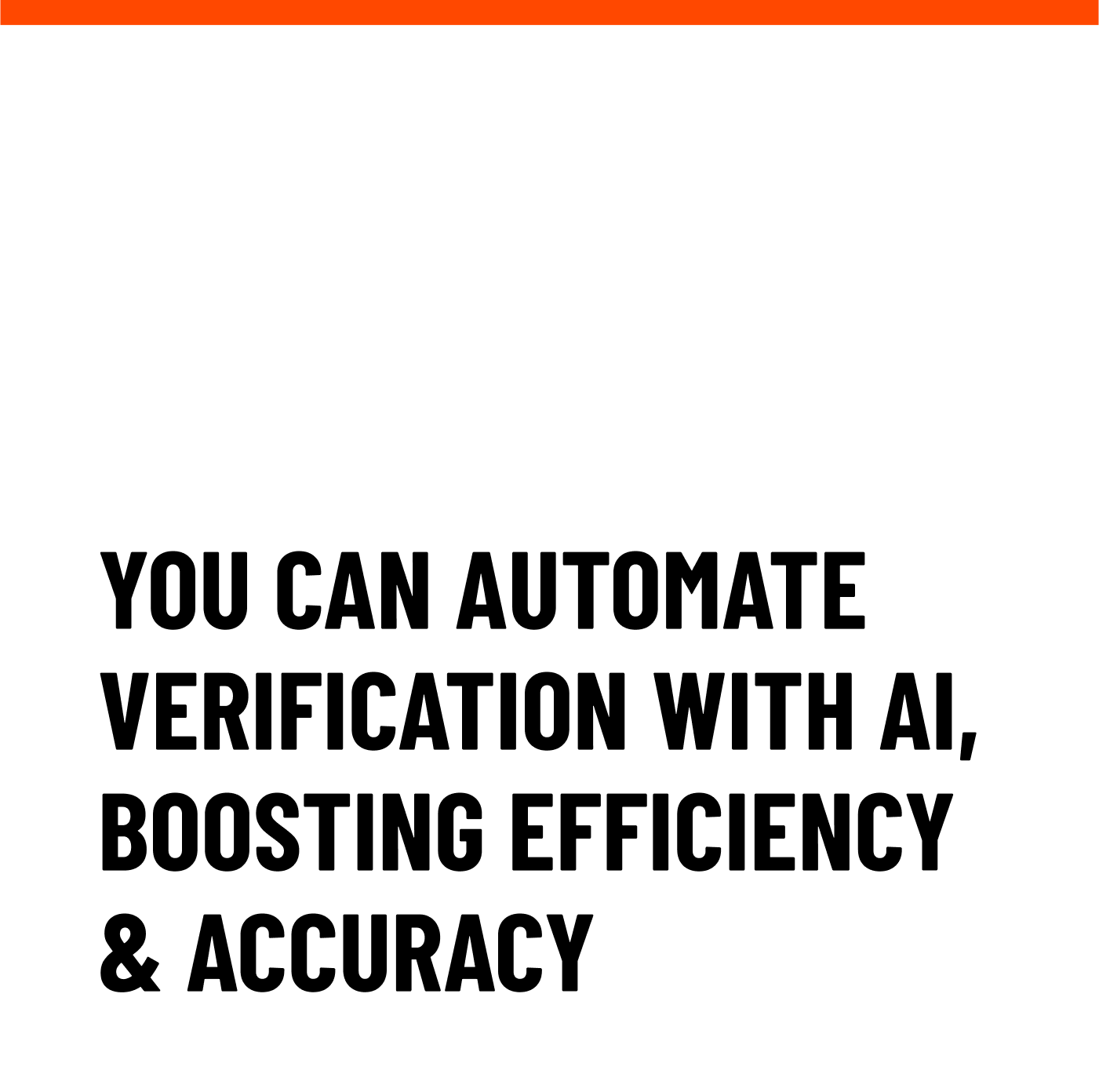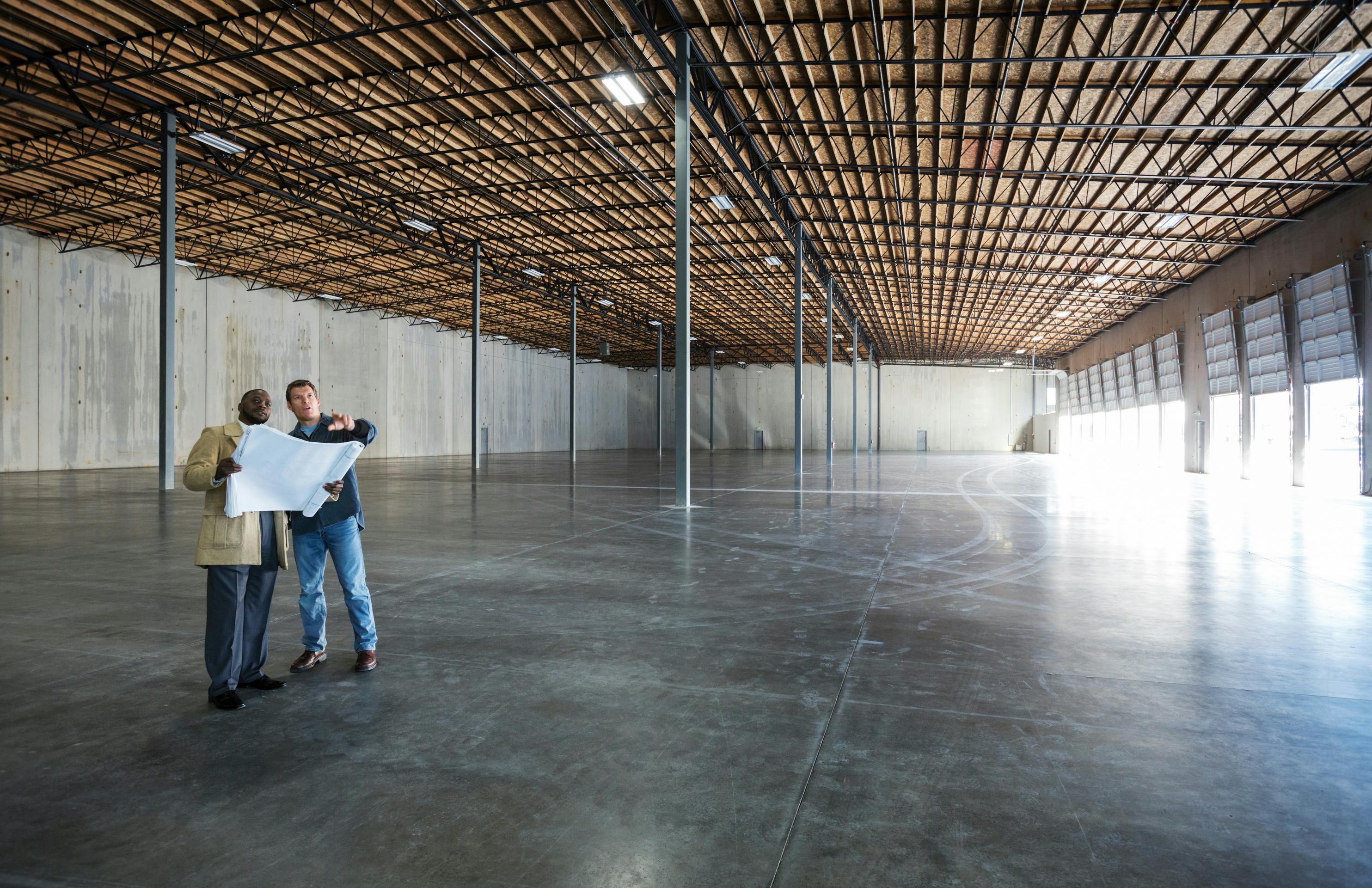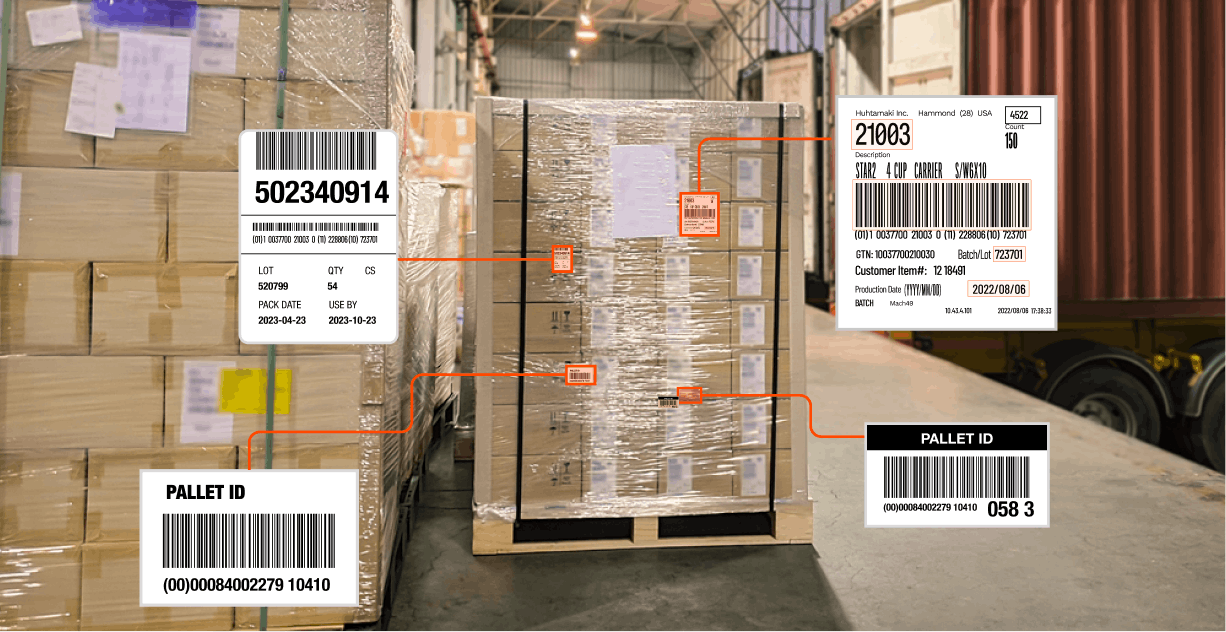Future Ready
How AI is Shaping the Future of Outbound Shipment Verification
| Kargo | 3 min
What You Need to Know



Logistics is a symphony of precision, and outbound shipment verification—ensuring that every pallet and package leaving the warehouse is accurate—is the final crescendo. Errors at this stage can ripple through the supply chain, creating inefficiencies, damaging customer trust, and eroding profits. Yet, despite the importance of accuracy, many still rely on outdated, manual processes that leave too much room for error.
Enter artificial intelligence (AI). With the power to see, analyze, and act, AI is revolutionizing outbound shipment verification and setting a new standard for accuracy. This transformation is not just about replacing human effort; it’s about enhancing the entire process. In this blog post, we'll explore how AI is transforming outbound shipment verification, empowering teams with tools to achieve accuracy, while boosting efficiency.
The High Stakes of Outbound Logistics
Outbound shipping errors are more than inconvenient; they’re costly. Financially, the direct costs of returns, refunds, and chargebacks are just the beginning. Errors create operational disruptions, forcing teams to pivot from their regular workflows to address mistakes, leading to delays, inefficiencies, and even halted operations. Perhaps most critically, these mistakes damage customer trust and brand reputation—losses that are far harder to recover.
In an industry driven by precision, businesses that fail to address outbound errors risk losing ground to competitors who have embraced technology to eliminate them. For these forward-thinking operations, AI is the tool of choice.
What AI Brings to Outbound Shipment Verification
AI, and specifically computer vision, offers a transformative approach to outbound shipment verification. Unlike traditional methods that rely on manual label scanning and spreadsheet checks, computer vision uses cameras and advanced algorithms to visually inspect every pallet and compare it against shipping documentation in real time.
Here’s how computer vision at the loading dock is reshaping outbound shipment verification:
1. Automation of Critical Processes
With AI, tasks like verifying pallet contents, ensuring correct quantities, and identifying discrepancies are automated, eliminating any human error and freeing up workers to focus on higher-value tasks.
2. Error Detection in Real Time
Computer vision systems are equipped to detect overages, shortages, damage, or even non-compliant products as they occur. By flagging these issues immediately, they can address them on the spot—before the truck leaves the dock.
3. Visuals of Every Pallet
Computer vision doesn’t just prevent errors; it captures proof. With video of every pallet being loaded, teams can quickly resolve disputes and avoid paying claims they are not responsible for.
AI & The Future of Outbound Shipment Verification
The future of outbound shipment verification lies in AI’s ability to transform logistics from a reactive process to a proactive one. By leveraging AI, businesses can eliminate errors, enhance efficiency, and exceed customer expectations. Embracing AI is no longer optional; it’s essential for staying ahead in an industry where precision is paramount.
Questions?
Connect With us
Ask us anything or drop your email to stay in touch





